
Lung cancer is the most common group of malignant tumors in the world, which develops from cells in the lungs and bronchi. It develops 10% more often in men than in women.

Breast cancer is one of the most common cancers globally, and for those facing an advanced diagnosis, the road ahead can feel overwhelming.
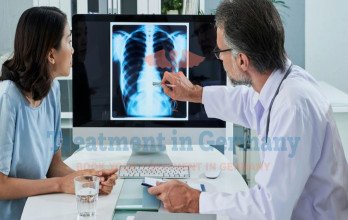
Lung cancer starts when abnormal cells grow uncontrollably in one or both lungs, disrupting their normal function of oxygen transfer.
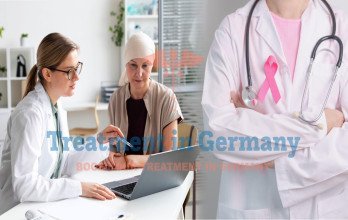
Stage 4 breast cancer represents the most advanced form of the disease, where cancer cells have spread beyond the breast to distant organs.
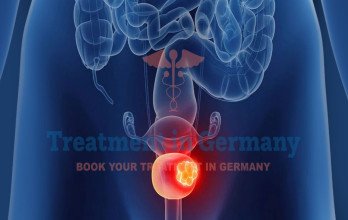
The standard approach to the treatment of metastatic bladder cancer involves systemic chemotherapy with two or four drugs, which can increase a person's life expectancy by several months.
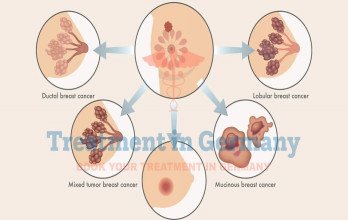
Surgery is the main treatment option for breast cancer. The aim of the intervention is to remove the primary tumor completely.
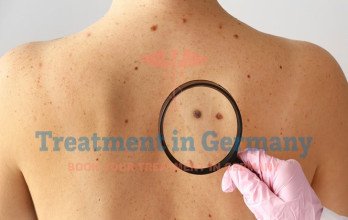
Skin cancer is a disease that involves the growth of abnormal cells in your skin tissues. Normally, as skin cells grow old and die, new cells form to replace them.
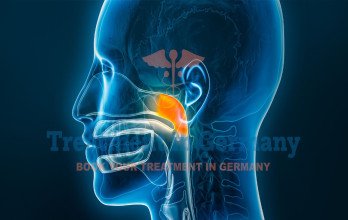
Nasopharyngeal cancer (NPC), also known as nasopharyngeal carcinoma, is a rare type of head and neck cancer.
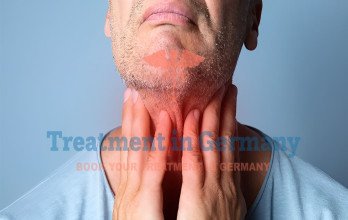
“Salivary gland cancer” is a term used to describe malignant tumors that affect your salivary glands. Your salivary glands are located in your mouth and throat
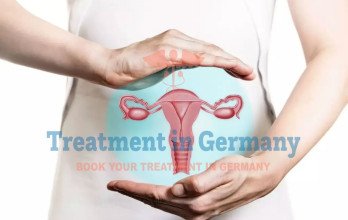
Vaginal cancer is a rare form of cancer that most often occurs in the cells lining your vagina.

Testicular cancer forms when malignant (cancer) cells develop in the tissues of one or (less commonly) both testicles.
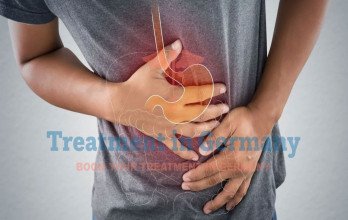
With stomach cancer — also called gastric cancer — cancer cells grow out of control in your stomach. Cancer can form anywhere in your stomach.
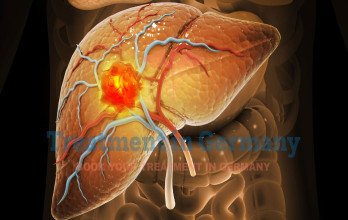
Liver cancer is a life-threatening malignant (cancerous) tumor in your liver. Your liver is the largest organ in your body.
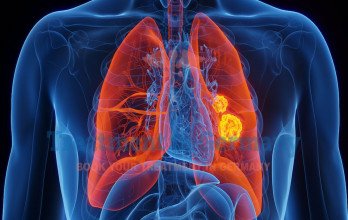
Lung cancer is a disease caused by uncontrolled cell division in your lungs. Your cells divide and make more copies of themselves as a part of their normal function.

A brain tumor is an abnormal growth or mass of cells in or around your brain. Together, spinal tumors and brain tumors are called central nervous system (CNS) tumor
.webp)
.webp)
 (1).webp)
 (1).webp)
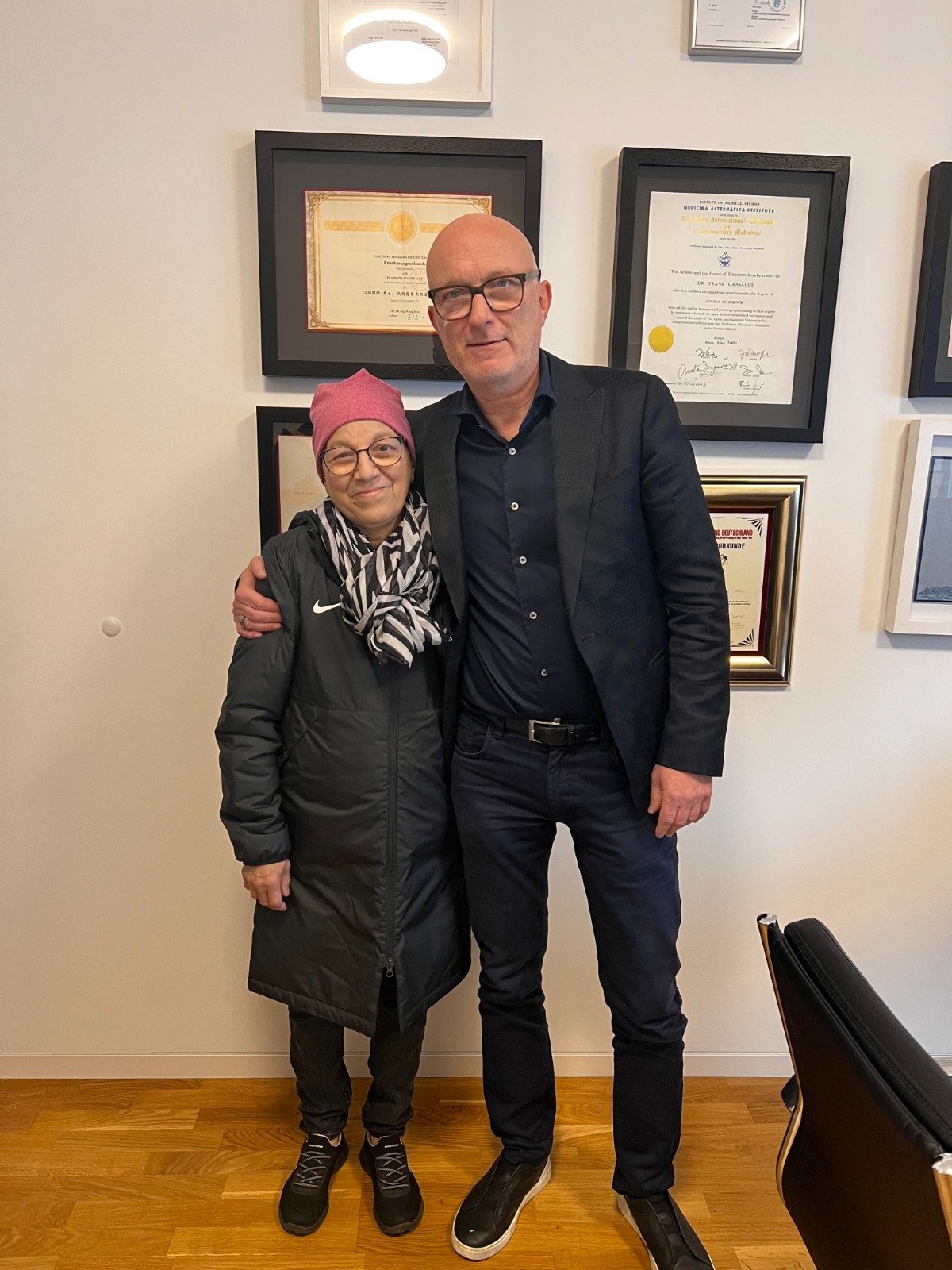
.webp)
.webp)
 (1).webp)
 (1).webp)
